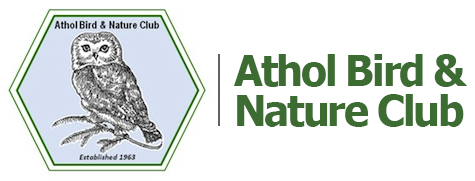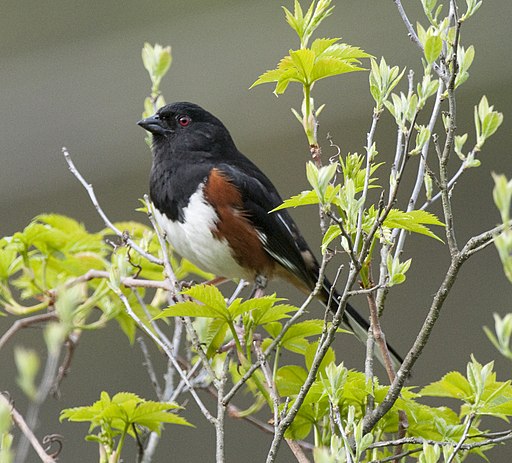Eastern Towhee
Pipilo arythrophthalmas
Written by Kathy Richards
HABITAT:
They can be found from British Columbia to southern Maine, throughout the northeast to Fl and the gulf coast. Only rarely is it seen in the winter along the CT coast. They prefer dense brushy fields, forest edges, brushy areas by roads and utility right of ways, pitch pine/ scrub oak forests, clearings, overgrown pastures, thickets, parks, burned over area and regenerating clearcuts.
The towhee is loosing habitat as forest succession takes place but is gaining habitat in areas where logging is or recently has happened.
They find food by rooting through the leaf litter with their bill.
BEHAVIOR:
The phoebe is one of the first spring migrants to return. It catches its food on the wing and is aided by its sharp pointed bill with bristles at the base of the beak. The phoebe is an extremely agile flyer making quick sharp turns and tumbling while flying. They will also have a couple of perches on low trees or fence lines to catch insects. While perching the phoebe will often wag its tail up and down.
The phoebes call is a monosyllabic 2 note call saying phoe-be with the first syllable accented (unlike the chickadee which is more melodic)
NESTING:
2-6 eggs are laid late May through mid June. The eggs are white with chestnut speckles and are incubated for 12-13 days. The nests are typically built in concealed areas on the ground or low in brush/shrubs. The nests are often parasitized by the brown headed cowbird.
If the towhee has a 2nd brood it will build a nest that is higher up in the shrub.
FOOD:
Insects, seeds, fruit, snails, spiders, millipedes and centipedes as well as soft leaves and flower buds in the spring.
PREDATOR:
Several birds are known to prey on both young and adult eastern towhees, including Northern Goshawk, Broad-winged Hawk, Sharp-shinned Hawk and Cooper’s Hawk.

